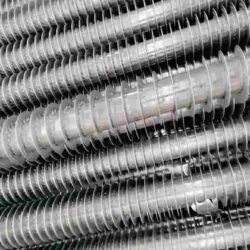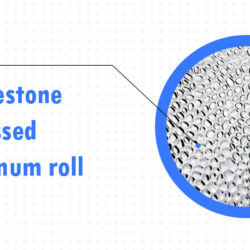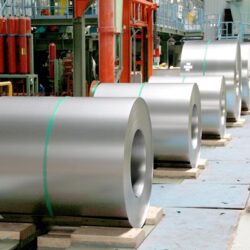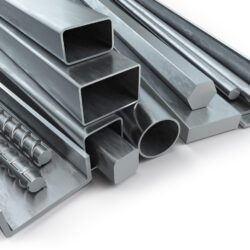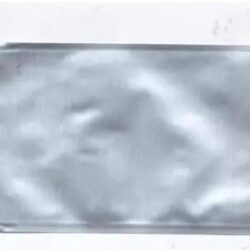Aluminum is one of the most versatile metals in various industrial and commercial applications. It boasts several properties that stand out from other metals, such as a high strength-to-weight ratio, corrosion resistance, and excellent thermal conductivity. However, with many aluminium grades available in the market, it’s essential to understand their differences to select your application correctly. This blog explores the differences between two commonly used aluminium grades – 5005 and 6061.
Aluminum 5005
Aluminum 5005 is an alloy that contains 0.8% magnesium, 0.5% manganese, and a small amount of copper. It has excellent corrosion resistance, weldability and workability, making it ideal for various applications in the automotive industry and beyond.
Aluminum 6061
Aluminum 6061 is an alloy composed of aluminium, magnesium, and silicon. It’s a highly versatile material with excellent strength-to-weight ratio and corrosion resistance, making it popular in many industries.
Aluminium 5005 and 6061 consist mainly of aluminium, with different composition percentages of other elements. 5005 has a higher magnesium rate, enhancing its corrosion resistance ability. On the other hand, 6061 has a higher percentage of silicon and magnesium, making it stronger than 5005.
Heat treatment
Aluminium 6061 can be heat-treated to improve strength and hardness, while 5005 isn’t. This makes 6061 a popular choice in applications requiring high strength and durability.
Weldability
Both Aluminium 5005 and 6061 are easily welded. However, 6061 is more challenging to weld than 5005 due to its higher amount of magnesium and silicon, which makes it more difficult to control the welding process.
Applications
Aluminum 5005 is widely used to manufacture roofs, awnings, and cladding because of its excellent corrosion resistance and formability. Aluminium 6061, on the other hand, is commonly used in structural applications such as frames, aircraft, and boat building due to its high strength and durability.
Cost
Cost is another essential factor to consider when selecting aluminium grade. Typically, 6061 is more expensive than 5005 because of its higher strength and hardness. However, the final cost depends on several factors, such as the quantity ordered, processing techniques, and market demand.
